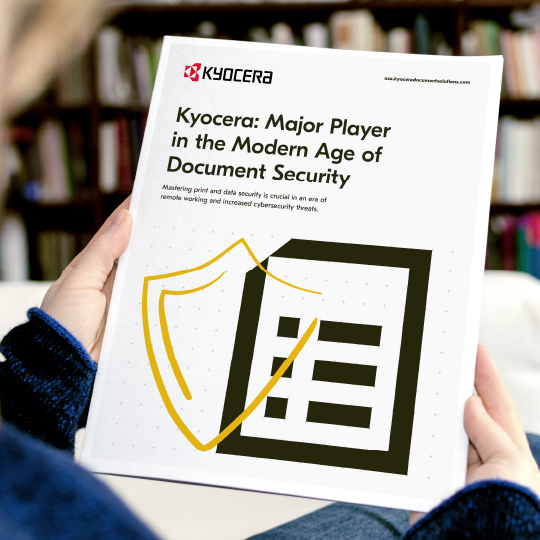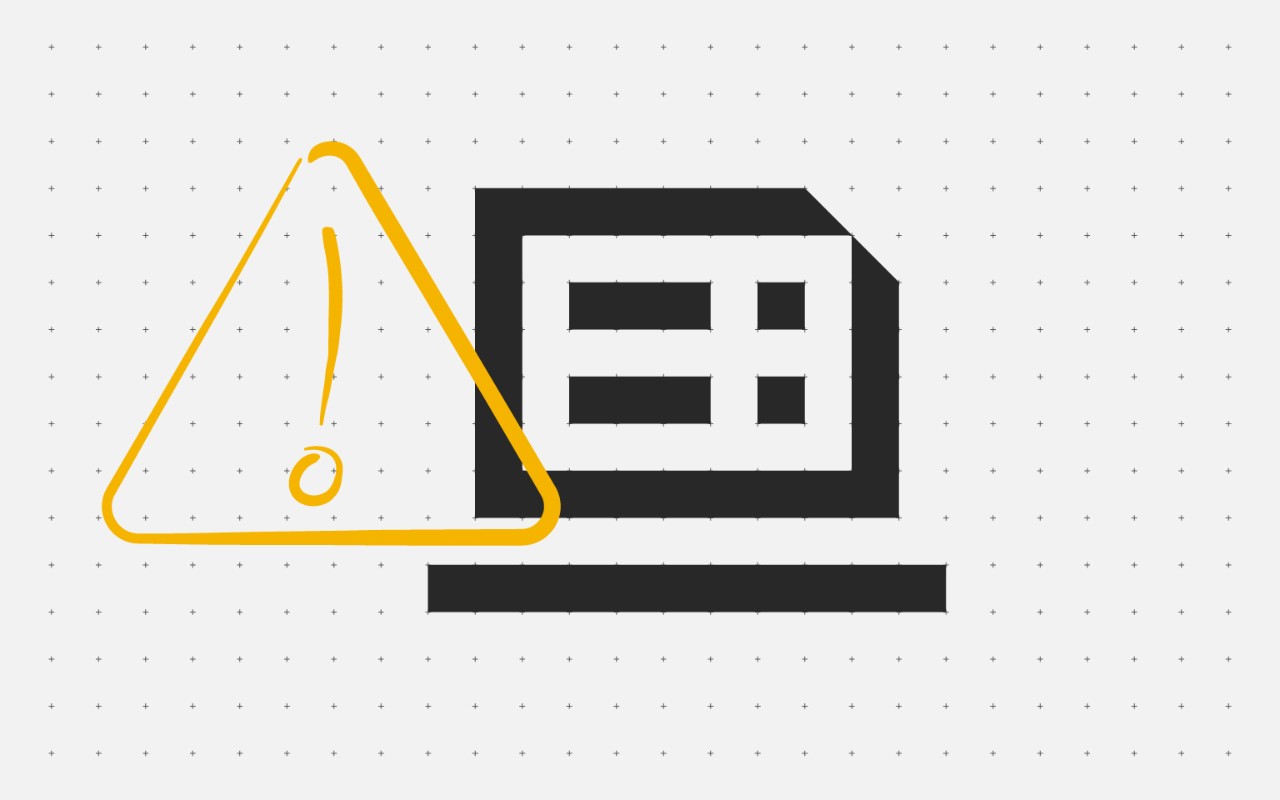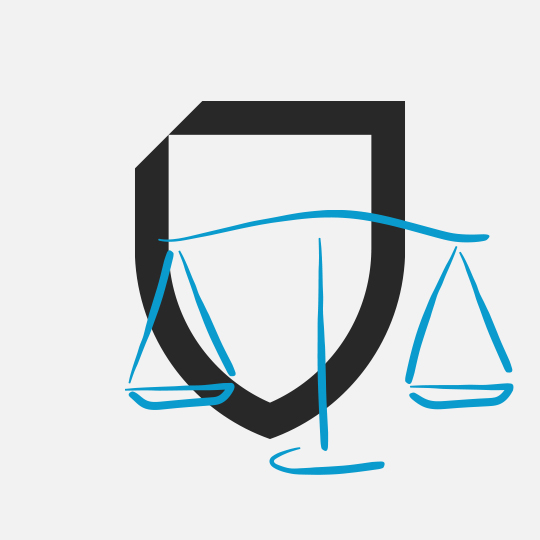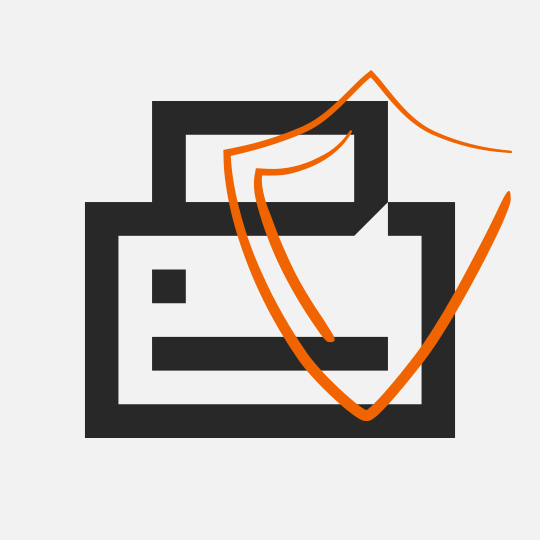“Só quando a maré baixa é que você descobre quem estava nadando nu". O aviso de Warren Buffett aos acionistas da Berkshire Hathaway, em fevereiro de 2008, sobre os males iminentes enfrentados pelas instituições financeiras poderia ser igualmente aplicado ao tremendo impacto que a COVID-19 teve nos negócios de hoje.
Muito antes do surgimento do coronavírus, a digitalização tinha desencadeado várias tendências relacionadas à tecnologia, à inovação e à mobilidade, para citar apenas algumas. Em um piscar de olhos, essas tendências foram aceleradas a um ritmo que poucos poderiam imaginar, e quem estava mal preparado ficou muito exposto a uma onda sem precedentes de ameaças maliciosas para a segurança.
"As empresas que não conseguiram construir um sistema de segurança sólido ficaram muito expostas.
Território desconhecido
Os funcionários ficaram encarregados de trabalhar confinados em casa, mal equipados em termos de treinamento e tecnologia, para realizar as tarefas diárias como se ainda estivessem no ambiente tradicional do escritório.
A crise só fez aumentar drasticamente nossa dependência de ferramentas e soluções digitais.
As empresas foram forçadas a se ajustar, adaptar, experimentar e superar obstáculos imprevistos, enquanto tentavam evitar uma interrupção nos negócios. Tudo isso com o pano de fundo de uma crise econômica histórica.
Para dificultar a situação, conforme as Perspectivas de riscos da COVID-19 do Fórum Econômico Mundial, os ciberataques e as fraudes de dados são considerados os riscos tecnológicos mais prováveis da COVID-19 para o mundo.
Considerando o fato de que muitas companhias enfrentam agora a tarefa de equilibrar um retorno gradual ao ambiente tradicional do escritório com os membros da equipe que continuam trabalhando remotamente, não é surpreendente que esse estado de fluxo deixe as empresas expostas a graves ameaças de segurança.
Estas incluem o seguinte:
- Pontos de conexão: com o pessoal espalhado pelas cidades, o número de pontos potencialmente vulneráveis a ciberataques cresceu exponencialmente. Bancos de dados compartilhados estão agora sendo acessados através de redes Wi-Fi sobre as quais as empresas não têm praticamente nenhum controle.
- Colaboração: equipes ainda precisam imprimir, digitalizar e compartilhar documentos de casa diariamente. Sem soluções seguras para gestão de documentos, as empresas correm o risco de que documentos confidenciais caiam em mãos erradas. As soluções na nuvem continuarão ganhando protagonismo, e os líderes empresariais deverão garantir uma migração segura para que os funcionários possam trabalhar juntos de forma eficiente e sem riscos.
- Ameaças de terceiros: o trabalho remoto chegou para ficar. Muitos funcionários estão trabalhando em apartamentos compartilhados e continuarão a fazer isso, enquanto outros escolherão trabalhar em um café local ou em um espaço de trabalho compartilhado próximo. Quando se trata de documentos e informações confidenciais, à medida que a mobilidade aumenta, também cresce o risco de intrusão indesejada de terceiros.
- Controle: os funcionários acessam bancos de dados, imprimem e compartilham documentos usando diferentes tipos de dispositivos e fabricantes. Dada esta inconsistência de marca/dispositivo, manter o controle se torna cada vez mais difícil. Em termos de segurança de impressão, aqueles que optarem por uma frota padronizada em toda a linha alcançarão o controle necessário para proteger dados e documentos. Com o aumento no número de dispositivos que acessam redes compartilhadas em movimento, as empresas devem ser capazes de controlar facilmente as autorizações de acesso e rastrear quem usou determinado dispositivo.
Antes da pandemia, o relatório de Avaliação de Fornecedores 2019-2020 da IDC detalhava quantos gerentes de TI e diretores de segurança da informação (CISOs) ainda acreditavam que os sistemas implementados para proteger a rede se estenderiam a outros periféricos conectados. Eles alertaram que a segurança em torno do perímetro da rede está "desabando" e que "cada dispositivo conectado à rede é agora um risco de segurança de ponto final, incluindo as impressoras e MFPs".
Aqueles que não atenderem a esta advertência aprenderão, da maneira difícil, que as empresas que não construíram uma estrutura de segurança abrangente e robusta no núcleo do seu negócio agora se encontram muito expostas.
A pandemia apresentou uma oportunidade privilegiada para que, quando se trata de cibersegurança, as companhias se afastem da dependência dos departamentos de TI e desenvolvam competências centrais de segurança em toda a empresa.
Isso compreende a criação de uma estrutura de segurança robusta, sustentada por uma abordagem proativa, em vez de reativa, para enfrentar os riscos.
O futuro e a resiliência cibernética
Independentemente do tipo, as violações de dados são más notícias para os negócios. A IDC afirma que o resultado de uma violação de segurança na infraestrutura de impressão e nos documentos não é diferente do resultado de qualquer outro lapso de segurança: custos de inatividade, multas associadas à governança corporativa e à conformidade regulamentar, bem como danos à reputação.
O mundo após a COVID-19 não é mais “business as usual".
Neste mundo volátil e em contínua mudança, as empresas precisam se tornar mais móveis e adaptáveis sem comprometer a segurança.
David Ferbrache, chefe global de Futuros Cibernéticos, da KPMG, argumenta que a pandemia delineou a necessidade de maior cooperação e colaboração em todos os domínios, para combater o que ele chama de "cibercriminosos empresariais impiedosos que exploram a situação para a obtenção de lucros".
A segurança na era digital requer um esforço conjunto, e os trabalhadores precisam estar equipados com as ferramentas e os conhecimentos necessários para poder trabalhar de forma mais flexível e eficiente sem colocar em risco os dados empresariais confidenciais. Essa é a única maneira de construir a cultura da resiliência cibernética.
As empresas que não fizerem isso poderão não ter uma segunda oportunidade.

Seu guia para proteger o que é mais valioso
Clique aqui para obter sua cópia gratuita do nosso livro digital de segurança.
Nossa experiência em segurança para ajudar você
Confira nossa série de artigos relacionados à segurança que fornecem insights especializados sobre como proteger seu negócio.



